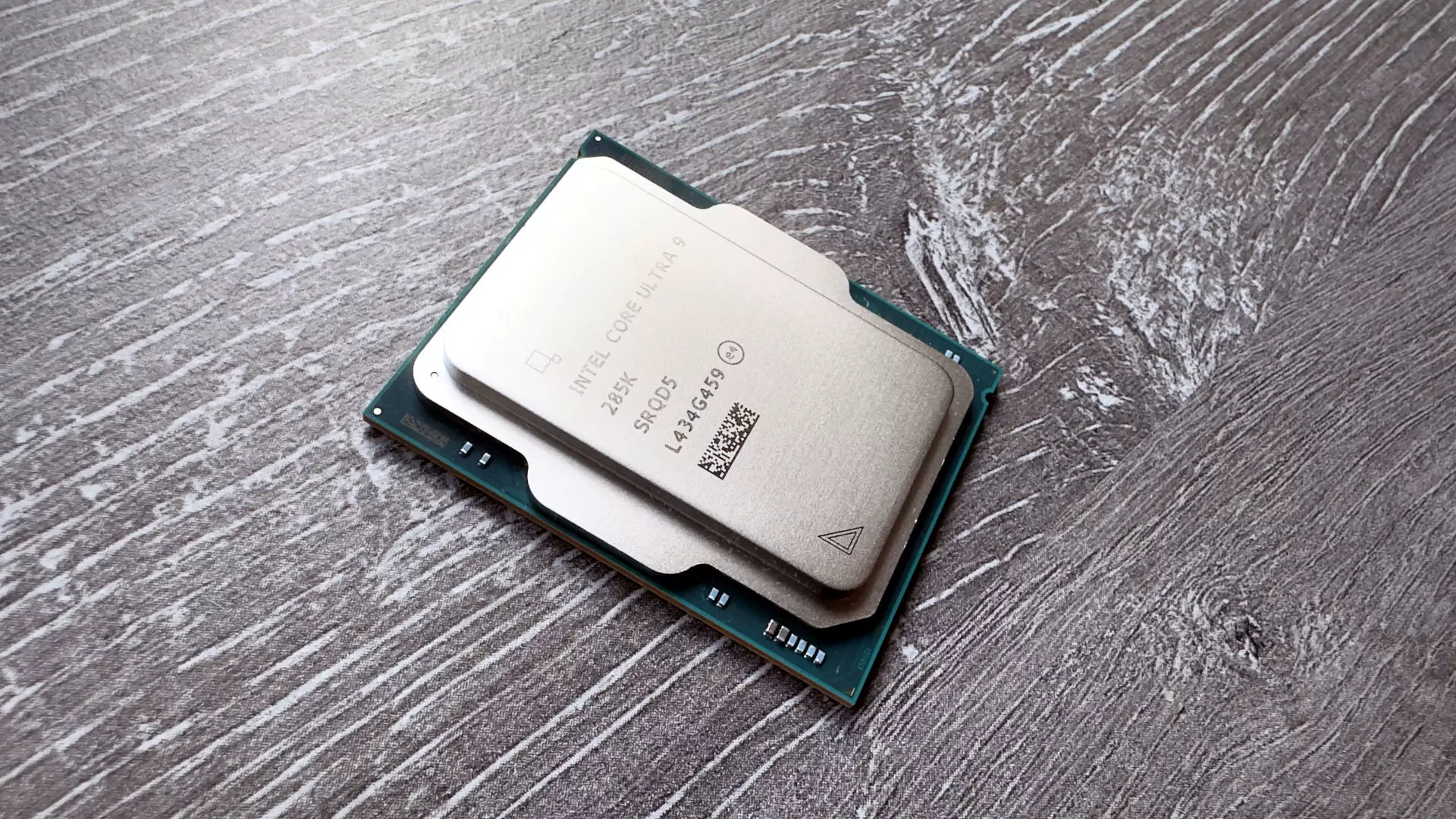Despite predictions of its imminent decline, the x86 instruction set architecture (ISA) continues to dominate the computing landscape, especially within consumer markets and enterprise environments. For years, industry observers have heralded the rise of alternative architectures such as ARM and RISC-V, promising greater efficiency and flexibility. Yet, actual market behavior suggests a different story. Consumers and businesses still prefer the familiarity and compatibility of x86-based systems, solidifying its status as the backbone of modern computing. This persistent dominance signals that rather than outright replacement, the x86 architecture warrants a strategic evolution aimed at refinement rather than overhaul. Such an approach could unlock efficiency gains without sacrificing the extensive software ecosystem that has made x86 so pervasive.
Overabundance of Instructions: An Opportunity for Optimization
One of the fundamental issues plaguing x86 is its sheer instruction set size. Modern CPUs encompass thousands of mnemonics—over 1,000 in some cases—yet a striking insight from recent research reveals that only about a dozen of these instructions handle the majority of real-world code execution, accounting for 89% of compiled C/C++ code. This core set demonstrates that the vast majority of CPU complexity is, in effect, underutilized. The remaining instructions, including vector extensions and other specialized operations, are either rarely employed or are earmarked for niche applications. This disparity indicates a significant opportunity: most of this instruction bloat is redundant from a practical standpoint, contributing little to everyday tasks but adding layers of complexity and energy overhead.
Introducing SHRINK: Rethinking Set Complexity
The concept of SHRINK presents an innovative pathway to address these inefficiencies. Rather than attempting to remove instructions outright—a historically fraught process hindered by legal, intellectual property, and compatibility concerns—SHRINK advocates for “recycling” or reassigning these infrequently used instructions. The core idea is to remove redundancies by emulating less common instructions in software, based on the evidence that approximately 40% of the existing x86 instructions—excluding extensions—could be simulated with minimal performance impact. This approach signifies a pragmatic compromise: optimize performance and simplicity without disrupting existing codebases.
Emulation as a strategy capitalizes on software flexibility to shoulder the complexity that hardware would otherwise carry. By dynamically translating obsolete or seldom-used instructions into more efficient equivalents—or entirely absent instructions—architects can craft leaner, more responsive CPUs tailored to actual use patterns. The potential benefits include reduced silicon complexity, lower energy consumption, and potentially higher clock speeds, all of which translate into tangible performance and efficiency gains.
Legal and Compatibility Challenges: The Real Obstacle
While the technical merits of SHRINK are promising, practical implementation faces considerable hurdles. The x86 ISA is not a proprietary design held solely by Intel; it is a shared ecosystem involving AMD and other stakeholders, intertwined through cross-licensing agreements complicated by legal and intellectual property issues. Past attempts at “debloating”—such as Intel’s discontinued effort to eliminate support for 16-bit and 32-bit modes—highlight these obstacles. The legal terrain creates a significant barrier to fundamental modifications of the instruction set, as any large-scale alteration could lead to disputes, licensing complexities, or unanticipated compatibility issues.
This reality suggests that outright removal of instructions—while theoretically attractive—may be impractical in the near term. Instead, focusing on smarter emulation strategies, guided by deep analysis of usage patterns, could serve as a more feasible middle ground. This path allows for incremental improvements while preserving existing hardware investment and software compatibility—a pragmatic strategy for industry evolution.
Efficiency Trends and the Future of x86
Despite perceptions of inefficiency, recent advancements in x86 design indicate a capacity for optimization. Intel’s latest mobile chips, such as Lunar Lake, showcase substantial efficiency improvements, suggesting that refinement rather than revolution might be the best route forward. Embracing an approach like SHRINK can complement these hardware developments by stripping away the unnecessary and focusing on performance-critical instructions.
At its core, the debate revolves around balancing complexity with practicality. As software and workloads evolve, so must the underlying hardware design. Shrinking the instruction set isn’t about conforming to the minimalist ideals of RISC or ARM but about intelligently pruning the bloated instruction set that no longer aligns with real-world usage. Embracing this change could redefine what it means for x86 to remain relevant, adaptable, and efficient in the next era of computing innovation.
In a landscape where efficiency and compatibility are crucial, the future of x86 may depend less on wholesale replacement and more on strategic refinement. The idea of reassigning and emulating instructions offers a promising middle ground—one rooted in pragmatic engineering and a clear understanding of how we use our computers every day. The challenge now is to see if industry players are willing to adopt such bold, thoughtful reform over resistance to change.

